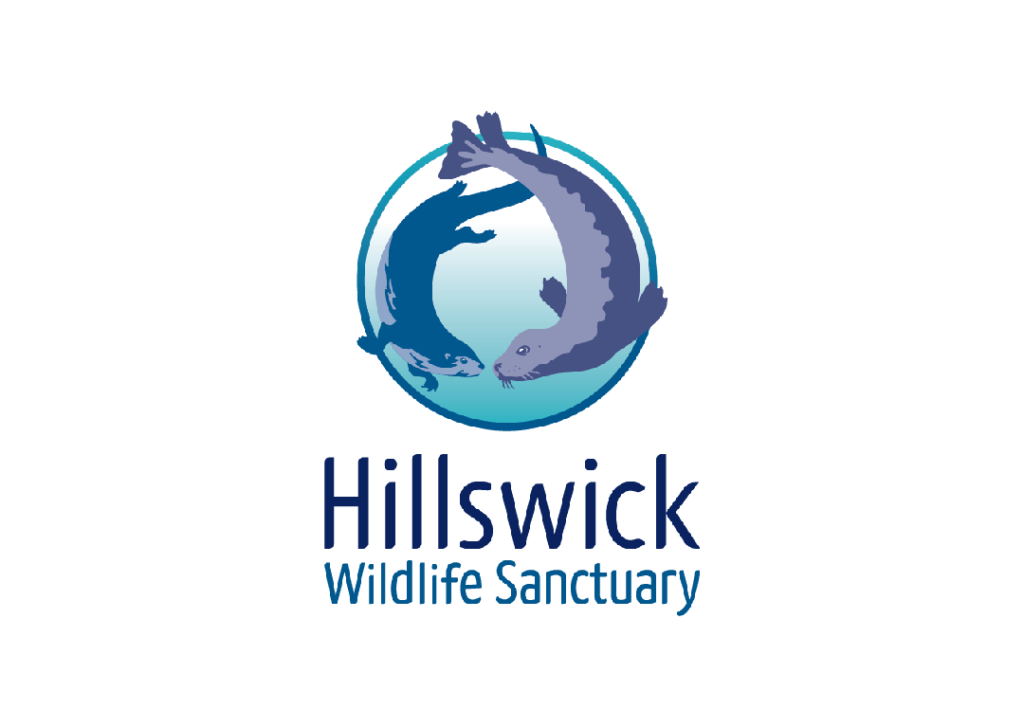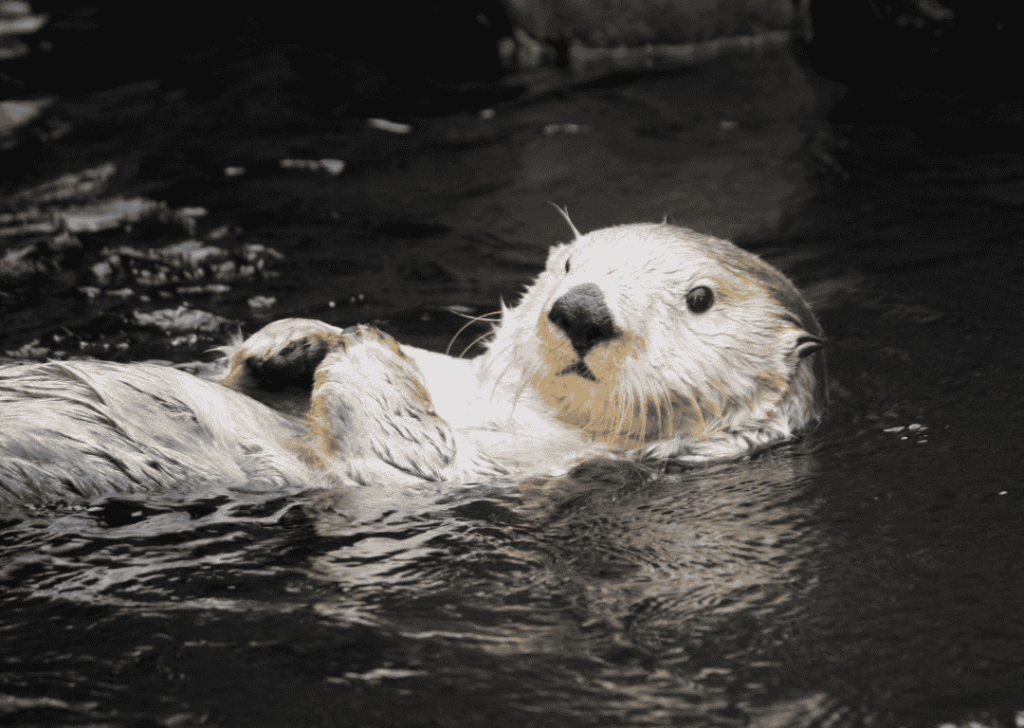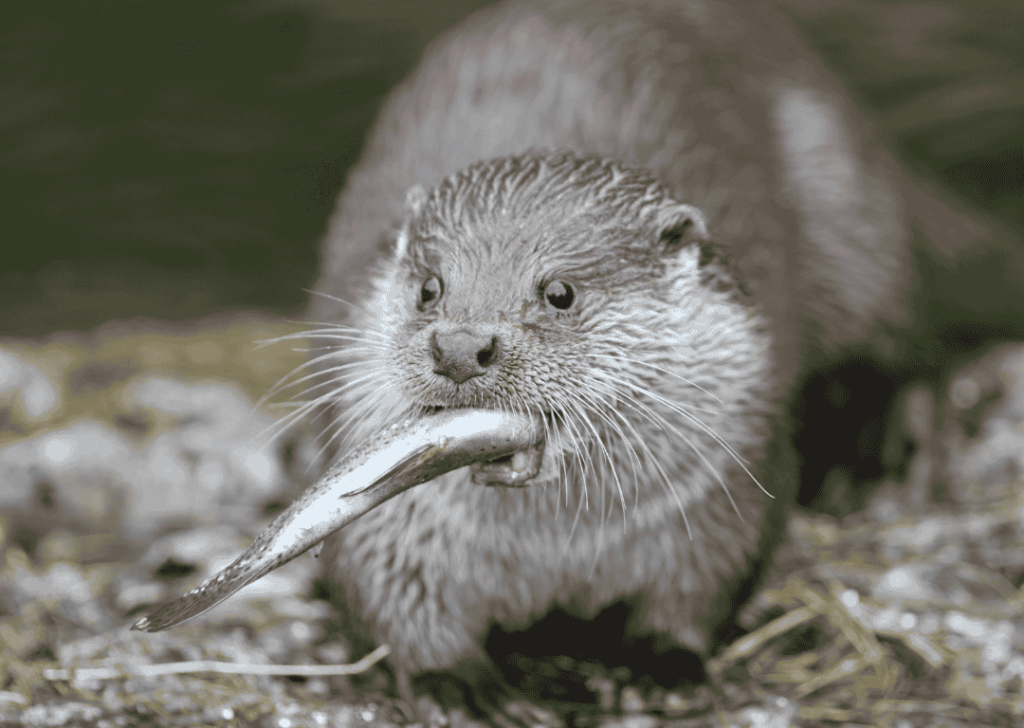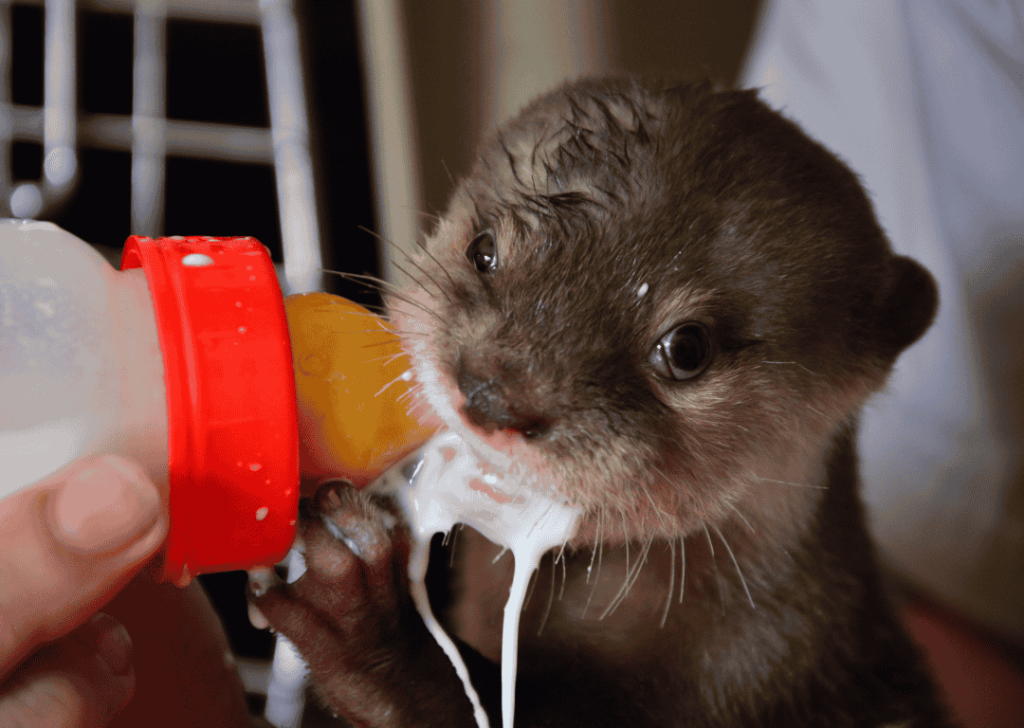Otters are semi-aquatic, carnivorous mammals capable of living in both fresh and saltwater environments. There are 13 recognised species of otters, differing in size and habitat preferences. Some inhabit cold ocean climates, while others thrive in tropical rivers. Otters live in social groups known as “families”. By nature, they are playful creatures, often observed diving and engaging in underwater games of tag, especially with their young.
Their diet primarily consists of fish and crustaceans, but they may also consume frogs and birds. The largest otter species, found in South America, is known as the Arirana or Giant Otter. These animals are renowned for their highly territorial behaviour and are known to defend themselves against predators like jaguars and alligators. While sea otters spend most of their lives in the water, river otters are more often found along riverbanks.
A notable characteristic of otters, particularly sea otters, is their ability to use tools. They crack open clams and similar prey with stones, placing their meal on their bellies and striking it with rocks held in their paws. This behaviour is taught to young otters before they reach one year of age.
Otters hold a special place in global mythology, with some cultures believing in their ability to shapeshift.
The problem
Otters are hunted for their fur and exploited in the pet trade. Their fur is used to make clothing, shoes, accessories, and furniture. Due to their cute appearance, otters are sometimes kept as pets, particularly in countries like the United States. They are also at risk of being killed by speedboats and in car accidents.
Encounters with domestic animals can pose severe risks to otters, either through the transmission of diseases such as brucellosis, rabies, and tuberculosis, or through predation, whether accidental or intentional. Conflicts with humans also arise, particularly with fishermen who see otters as competitors, or when territorial otters perceive humans as threats.
The loss of prey is another significant challenge for otters, caused by pollution in rivers and oceans, overfishing, and habitat destruction. Otters rely on live prey for sustenance and do not scavenge or easily adapt to new food sources.
Environmental Consequences
Otters are an important link in the food chain, serving as prey for larger animals such as jaguars, alligators, snakes, and birds of prey. A decline in otter populations disrupts this balance, leading to overpopulation of their prey, such as fish and crustaceans. This imbalance can reduce algae and phytoplankton levels, ultimately decreasing oxygen production in oceans and the atmosphere.
Possible solutions
Protecting otters starts with understanding their importance and spreading awareness. Opt for sustainable seafood choices, such as crustaceans and oysters, instead of fish, or reduce overall seafood consumption.
Avoid purchasing items made from otter fur and resist the temptation to keep an otter as a pet. These are wild animals, not suited for domestication.
Consider supporting conservation efforts financially or by volunteering with organisations dedicated to protecting otters and their habitats.
WSF Activities and Initiatives
The World Sustainability Foundation supports Hillswick Wildlife Sanctuary, a Shetland Isles organisation that has cared for sick, injured, and abandoned seals and otters for over 30 years. The sanctuary rehabilitates these animals and releases them back into the wild. Additionally, it engages in environmental education, raising awareness of human impact on nature and teaching ways to coexist with wildlife.
Hillswick Wildlife Sanctuary began in May 1987 when Jan Bevington rescued a premature seal pup washed ashore near her home, a historic 350-year-old former Hanseatic trading post. By the end of that summer, six more orphaned pups had been brought to her. Despite limited resources, Jan’s dedication persisted, and within a year she was also caring for abandoned otter cubs.
A pivotal moment came in 1993 when the Braer oil tanker spilled 85,000 tonnes of oil off the Shetland coast. The sanctuary cared for 40 seals and 11 otters, with hundreds of volunteers stepping forward to assist. Today, Hillswick Wildlife Sanctuary is internationally recognised for its exceptional care of marine mammals, drawing visitors from around the world.
The sanctuary’s operations are divided by season. In summer, common (harbour) seals give birth, while the larger, wilder grey seals pup during the stormy winter months. Each year, orphaned pups arrive at the sanctuary, often separated from their mothers by bad weather, premature birth, or predation by visiting killer whales. Otter cubs, meanwhile, can be brought in year-round, frequently orphaned by road accidents.
Seal pups are tube-fed a homemade “fish porridge” until they can eat fish independently, usually after a three-month stay. Otter cubs are bottle-fed before transitioning to raw fish soup and later whole fish. As otters imprint on humans easily, the sanctuary minimises human interaction as they mature, ensuring they adapt well to life in the wild.
Shetland’s seal population has declined significantly in recent decades, underscoring the importance of the sanctuary’s work. While otters are faring better, increased competition for territory makes them more vulnerable.
Reference
http://www.otter-world.com/facts-about-otters/. Otter World. 5 March 2014.
“Tool use in otters”. OneKind. Archived from the original on 4 November 2016.









